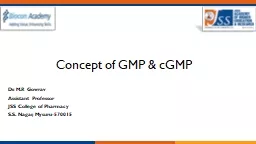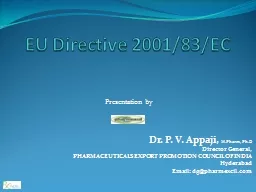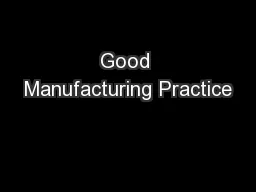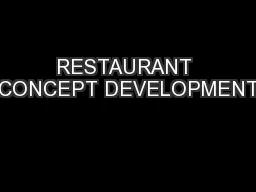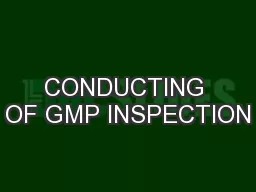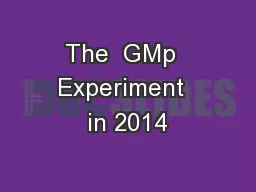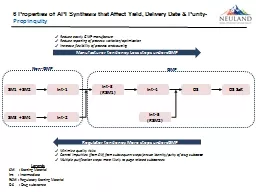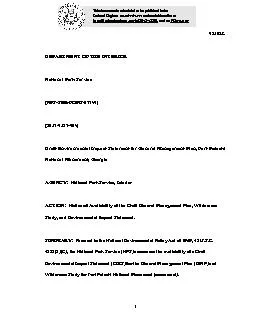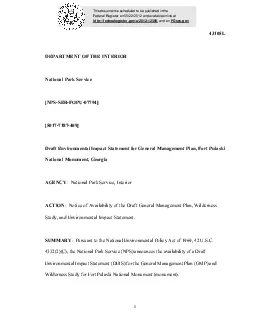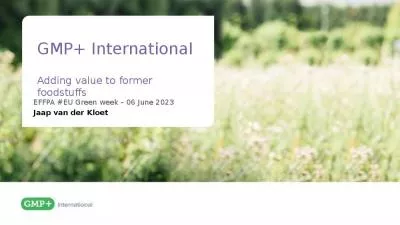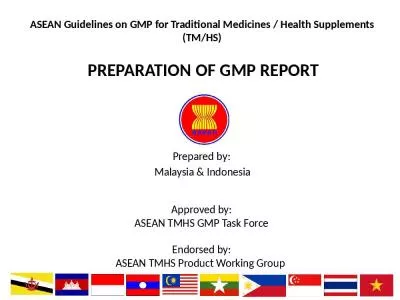PPT-Concept of GMP & cGMP
Author : victoria | Published Date : 2021-12-08
Dr MP Gowrav Assistant Professor JSS College of Pharmacy SS Nagar Mysuru570015 Contents Introduction Definition Why GMP Evolution of GMP Principles of GMP WHO
Presentation Embed Code
Download Presentation
Download Presentation The PPT/PDF document "Concept of GMP & cGMP" is the property of its rightful owner. Permission is granted to download and print the materials on this website for personal, non-commercial use only, and to display it on your personal computer provided you do not modify the materials and that you retain all copyright notices contained in the materials. By downloading content from our website, you accept the terms of this agreement.
Concept of GMP & cGMP: Transcript
Download Rules Of Document
"Concept of GMP & cGMP"The content belongs to its owner. You may download and print it for personal use, without modification, and keep all copyright notices. By downloading, you agree to these terms.
Related Documents

